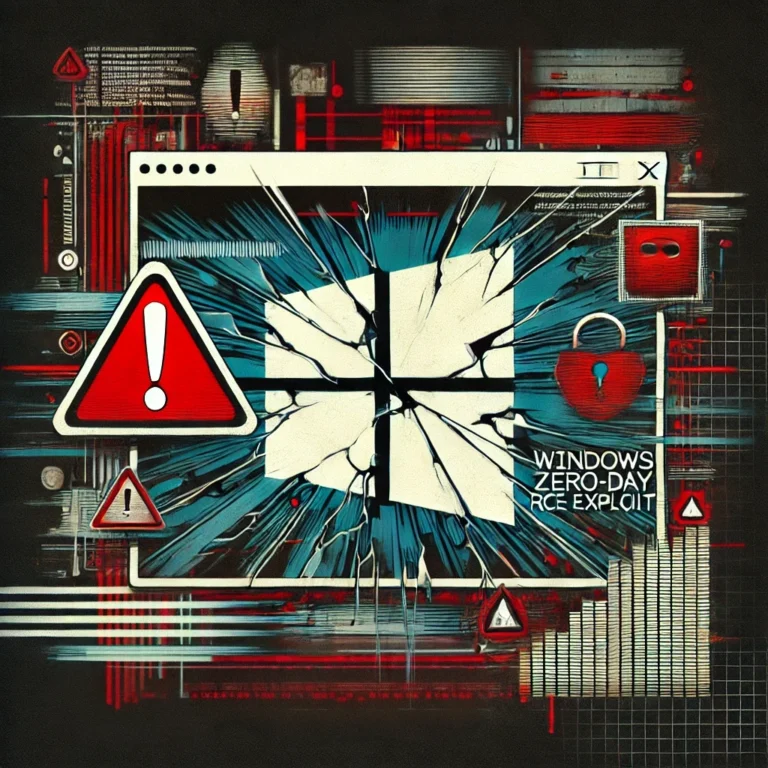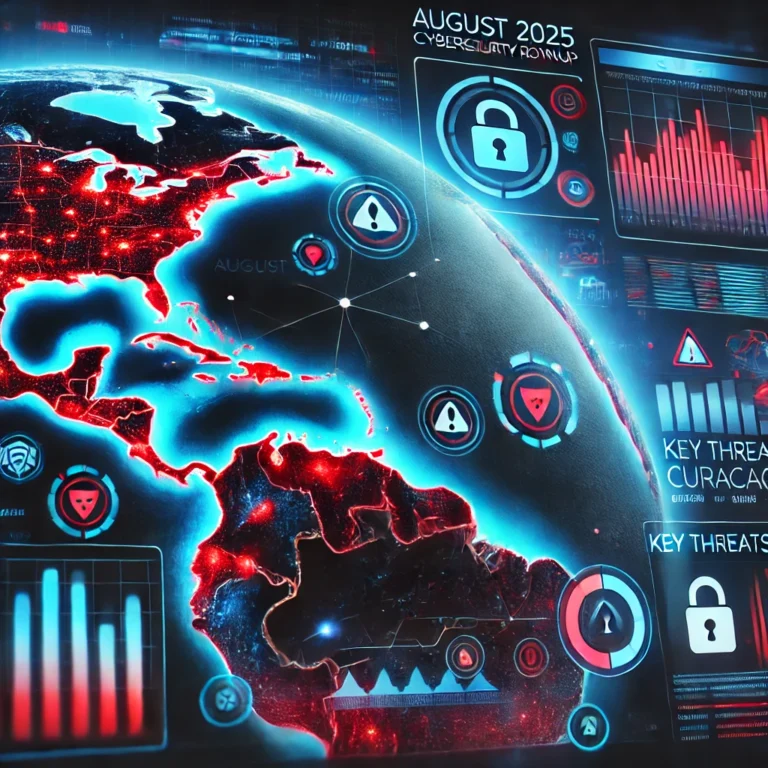Note: This guide is for personal and small-scale setups—not for enterprise storage systems. If you’re securing a home PC, personal files, or collaborating in a small household or team, this is for you.
Your Files Matter—More Than You Might Think
Stop for a moment. Close your eyes and picture everything you store on your computer or cloud drive—photos, tax documents, family recipes, school assignments, business files. Now imagine losing it all in a single moment. Scary, isn’t it? This isn’t just a worst-case scenario. Devices fail. Drives crash. Ransomware strikes. And without proper safeguards, any one of those could erase years of work or irreplaceable memories.
The good news is that protecting your storage doesn’t require an IT degree or a deep wallet. With simple tools and active habits, you can build a budget-friendly storage safety net that holds strong even when technology or luck fails you.
Why Storage Security Matters—even for Small-Scale Users
Many people assume they won’t lose data because “it’s just me.” But being the only user doesn’t make you immune. Hardware degrades. Theft happens. One wrong click can unleash malware. And storing everything in a single place—your laptop, phone, or a USB drive—is risky.
This guide isn’t about scaring you. It’s about equipping you. You’re not investing because you plan for disaster; you’re preparing because chaos eventually happens. Let’s build a small-scale, resilient system that grows with you.
Begin with Your Habits—Not Just Hardware
Security starts with how you behave, not just what tools you have. A single reused password or careless download can undo the best tech setup. Prioritize simple habits: lock your screen when away, use unique passwords stored in a free password manager, and think twice before clicking unknown links.
If you share systems with others—roommates, family, or coworkers—keep security talk friendly and simple. Ask them to avoid sketchy downloads or external drives they don’t recognize. Your best backup plan means nothing if one person causes a breach.
The Best Tools Often Cost Nothing
You don’t need expensive software. Here’s what you can use:
- Encryption: Windows (BitLocker), MacOS (FileVault), or VeraCrypt—free and open-source encryption across platforms.
- Backups: Follow the 3‑2‑1 rule—three copies, two types of storage, one off-site. Free tools like Duplicati allow encrypted cloud backups, while FreeFileSync, Restic, or built-in tools offer reliable local backups.
Here’s a helpful comparison for encryption and backup tools:
| Tool/Category | Cost | Platform | What It Does |
|---|---|---|---|
| VeraCrypt | Free | Windows, macOS, Linux | Full or file container encryption |
| BitLocker/FileVault | Free | Windows / macOS | System-level encryption |
| Duplicati | Free | Windows, Linux, macOS | Encrypted, scheduled backups to cloud |
| FreeFileSync / Restic | Free | Multiple | Local or flexible backups |
These tools provide strong protection without spending a cent on software licenses.
Save Time While Staying Secure
Setup takes just a few hours, but maintenance is minimal. Here’s a simple schedule:
- Day 1: Encrypt your device.
- Day 2: Set up local backup (external drive or NAS).
- Day 3: Enable cloud backups for critical files.
- Monthly: Verify backup integrity, test a restore, delete clutter.
- Annually: Replace aging drives or rotate backups.
Once it’s in place, peace of mind follows effortlessly.
Don’t Neglect Physical Security
Digital protection stops working if devices are physically exposed—spilled coffee, theft, or power surges can endanger data. Keep backups separate from your main system, use surge protectors, label your drives, and consider enabling two-factor authentication for cloud services. If disasters strike, having your copies stored elsewhere can make all the difference.
If others use your systems, ensure they understand basic safe practices. Teach them not to click unknown emails or plug in odd USBs. It only takes one slip-up to trigger data loss.
Dispose of Old Devices Securely
When you retire old drives or laptops, don’t just delete files—or worse, ignore them. Empty garbage bins don’t guarantee erasure. Use disk-wiping software or keep files encrypted from the start and delete encryption keys. If security is critical, consider physically destroying the drive. It’s worth the effort.
Final Thoughts
Securing your storage doesn’t mean spending a fortune or setting up enterprise-grade servers. It means being intentional, consistent, and practical. A little planning now can prevent a lifetime of regret later.
Start small—encrypt your device, back it up, teach a system user. Build from there. You’ll protect your data—and your peace of mind—without draining time or money.



